Write what you know, goes the adage; UK astronaut Tim Peake has done just that with his latest book, Space: The Human Story.
This historical survey of astronauts as a class is spiced with insights from his own six years of training and 186 days in space.
Peake’s autobiography, Limitless, was criticised for not reaching orbit until chapter 22 out of 25, but here we’re up and away from the start.
Buy the book from Waterstones, WH Smith, Bookshop, Barnes & Noble
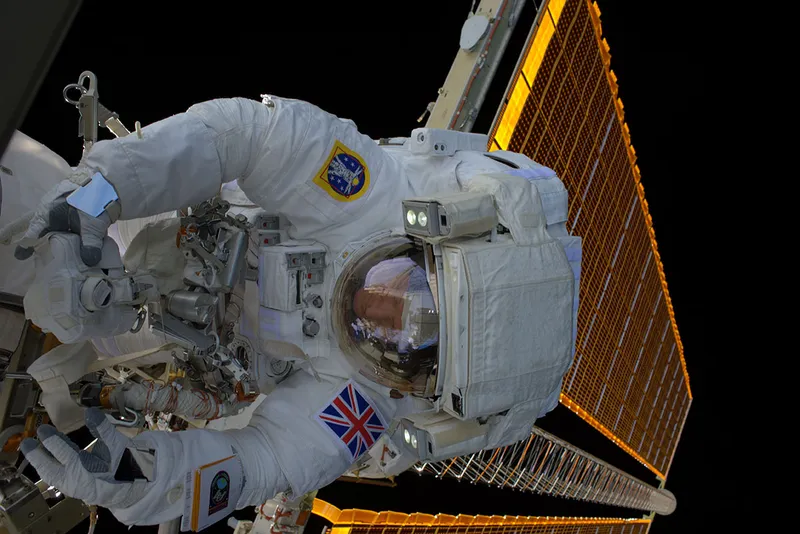
At a time when the role of astronauts is evolving fast – with the Artemis programme due to return humans to the lunar surface while commercial spaceflights widen opportunities to fly – Peake charts the ways their legendary ‘right stuff’ has already altered through previous history.
Pioneer astronauts and cosmonauts were stoic solo voyagers.
Those who followed them were team players, flying to the Moon together or establishing early orbital stations.
Today’s International Space Station crewmembers must be long-duration all-rounders, undertaking all manner of scientific experiments, confident with routine maintenance and even ready to pull teeth if needed – while also cutting a dash in social media.
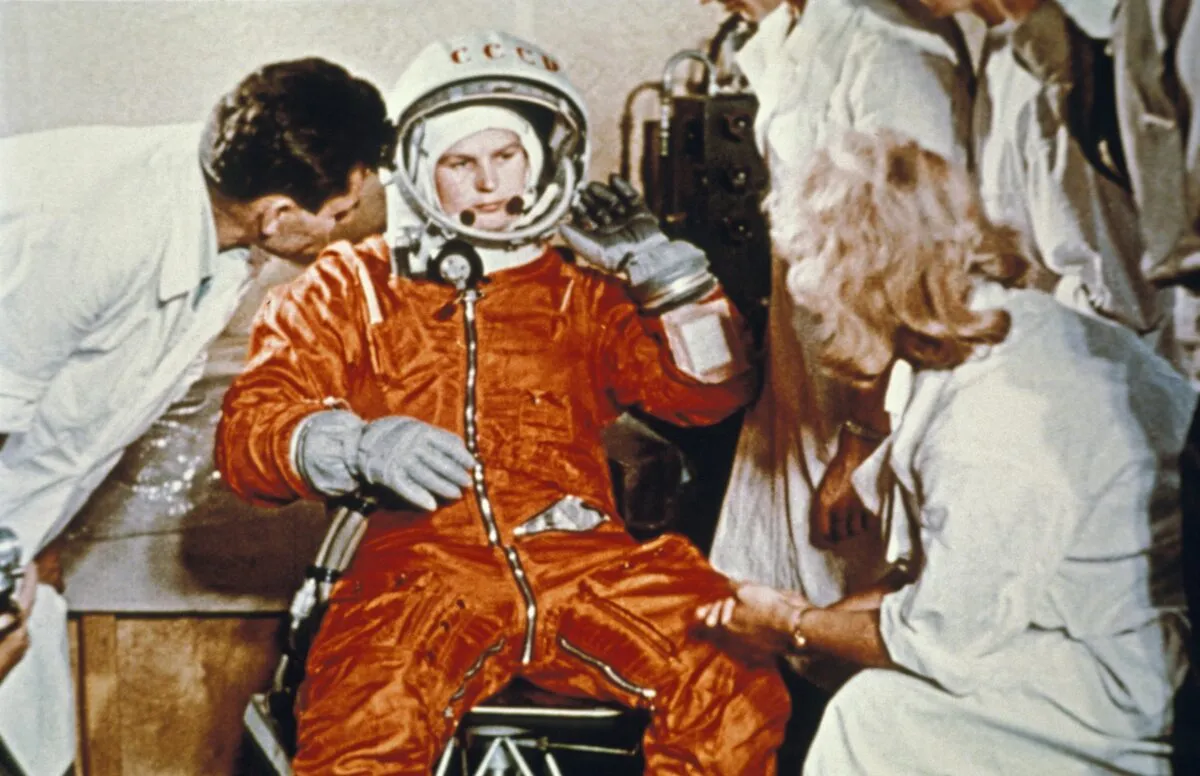
Peake has inherited a way with words from his journalist dad.
He details numerous human stories behind astronaut selection, training, spaceflight – and in the most exciting chapter, spacewalking – before viscerally sharing what it feels like to plunge your way home.
It’s one thing to detail ESA’s flight assignment process, but only Peake can share what it feels like to stumble upon a leftover document on an ESA printer spelling out that he would be last (and least likely) from his cadre to fly.
His summary of Yuri Gagarin’s first flight is enlivened by recalling peering down into the 250-m-long, 45-m deep flame pit beside the R7 launch pad.

With 628 (and counting) people to cover, some topics get left out – UK predecessors Helen Sharman and Mike Foale are acknowledged, though there is nothing on China’s Taikonauts.
Ultimately a history with no big surprises, this is still an engaging read.
Adding to its interest, since the book went to press, are reports that its nominally retired author might be returning to space, if the stars align on a proposed commercial UK flight with Axiom Space.
Astronaut times are indeed a changing!
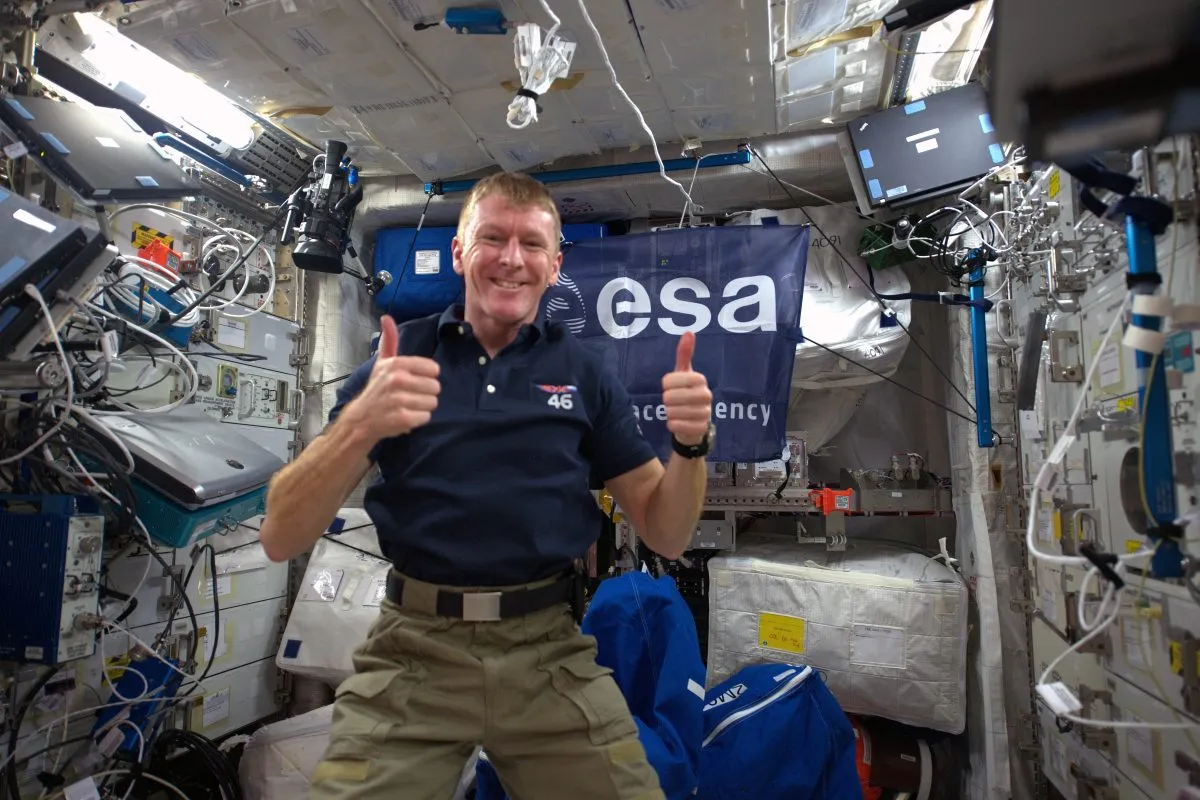
4 questions for astronaut Tim Peake
Who or what inspired you to become an astronaut?
When I was younger, I looked up at the stars and that was my first inspiration.
I asked the big questions that many girls and boys do: where are we in the Universe? Where did we come from, is there life out there?
I watched the Space Shuttle as I was growing up, and that was my era, so I followed people like Claude Nicollier, who was doing Hubble repair missions.
Those were people I thought were fantastic.
As a test pilot I went back to those test flying astronauts, like Bruce McCandless who did the first untethered spacewalk in 1984 from Challenger.
Neil Armstrong for his pure test flying skills.
Those were my spaceflight heroes.
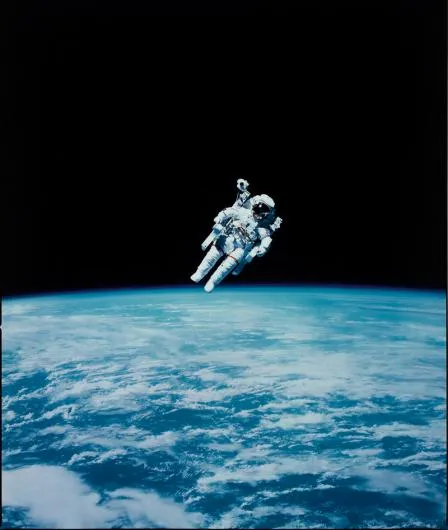
What have been the pivotal moments in spaceflight history?
The big achievements have been Yuri Gagarin becoming the first human in space, Neil Armstrong landing on the Moon, Bruce McCandless.
But I think the pivotal moment really was the decision after Gene Cernan's final steps on the Moon during Apollo 17, to decide to build space stations: Skylab and Salut and Mir, the Apollo Soyuz.
Everything was in low-Earth orbit and that was pivotal because once you start building space stations in low-Earth orbit, you have to keep spending money to supply the space stations, to resource them.
That's why it's taken until now to be able to return to the Moon, as the International Space Station comes to the end of its life.
I think that was one of the pivotable pivotal decisions that led to where we are today and why it's taken so long to be heading back to the Moon.
Is the future bright for UK spaceflight?
It's in a good position. We have a dynamic space industry and it's been a hidden success story for many years.
We've got exciting new companies looking at the sovereign launch capability up in Scotland, from Scottish Space Port, which is very exciting.
We're the world's second largest producer of small satellites.
The UK is very good at robotics, with companies like Airbus in Stevenage building Mars rovers.
We're excellent at telecommunications as well, so we have some real strength.
When it comes to new tech in terms of in orbit manufacturing, for example, and space debris removal, again, we've got some very innovative companies in the new space clusters around the UK like Harwell, Space Park Leicester, Clyde Space, Cornwall, Cardiff.
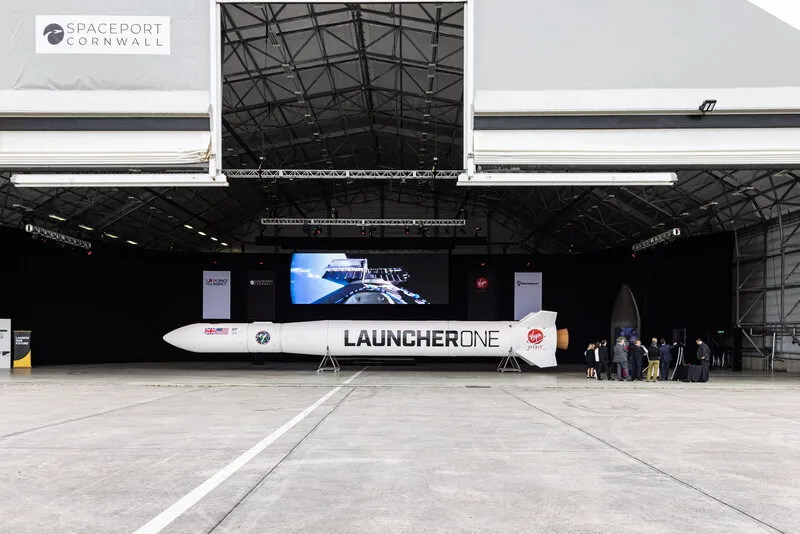
What are your hopes for the future of crewed spaceflight?
I'd like to see the Artemis program continuing on its successful trajectory. That would be humans on the surface of the Moon by 2025/2026.
By the end of the decade, I'd like to see a habitation module and research laboratory on the surface at the south pole of the Moon.
That would be a big step in addition to the Gateway, the lunar space station that we'll be building to help support that lunar research facility.
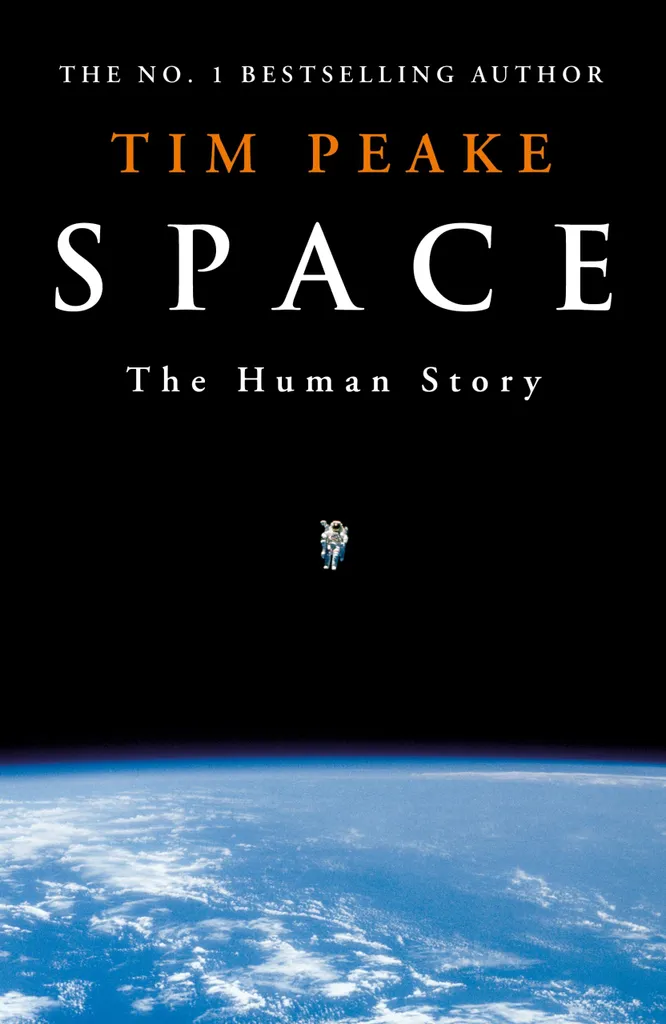
Space: The Human Story by Tim Peake is a history of crewed spaceflight by the UK ESA astronaut. It's published by Penguin Century.
Book review by Sean Blair; interview by Iain Todd. This article originally appeared in the January 2024 issue of BBC Sky at Night Magazine

